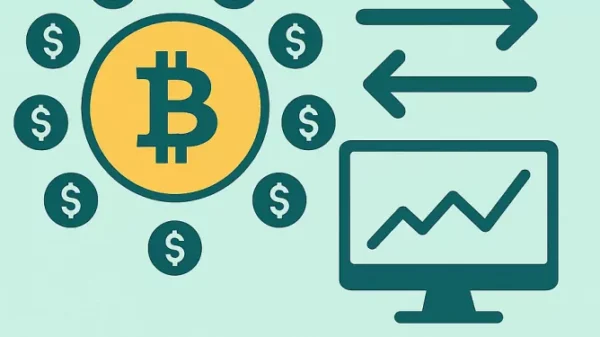In the ever-evolving world of data analysis, visualization has become a vital aspect that enables individuals and organizations to comprehend, interpret, and communicate complex data points. Understanding data through standard tables or spreadsheets can be quite a tedious task. This is precisely where data visualization comes into the picture, offering us an easier, more effective way to comprehend data patterns, trends, and relationships. One such data visualization tool is the treemap chart. Known for its simplicity and straightforward design, treemaps offer an engaging and visually appealing way to represent your data. Keep reading to know how to understand and use treemaps for your benefit.
The Concept of Treemap Charts
Alt Text: An image displaying an example of a treemap chart
Before diving into the working and benefits of treemap charts, it’s first important to understand what a treemap chart is. A treemap chart is a sophisticated form of data visualization that presents hierarchical (tree-structured) data as nested rectangles, thus offering a snapshot of complex information at a glance. Each rectangle in the chart represents a category, and its size indicates the value of that category. The colors attached to the rectangles usually represent a separate dimension of data, allowing for a multi-layered, in-depth analysis of data.
A treemapping chart is ideal for situations where relative comparison and pattern detection are key. For example, a digital marketing team might use treemap charts to compare the performance of different marketing channels. Each channel would be represented by a rectangle, with the size indicating the number of leads it brings and the color representing the quality of leads.
Despite their apparent simplicity, treemap charts can handle large datasets quite well, making them a versatile tool for data analysts and marketers alike. In every sector, especially in business, data-informed decision-making is critical. Treemaps provide data insights by visually representing large amounts of data in an easily interpretable form, allowing for quick and informed decision-making.
Interpreting Treemaps
There is much more to interpreting a treemapping chart than just observing the size and color of rectangles. It requires a comprehensive understanding of your data, the hierarchy it follows, and the patterns it forms. As a result, the interpretation process might seem complex to beginners. But once you understand the principles behind it, interpreting a treemap becomes straightforward.
Generally, interpretations are drawn based on two primary visual cues: size and color. Size is typically representative of the mathematical value of a particular category. The larger the size, the higher the value, and vice versa. Similarly, color works to differentiate between different segments of data and sometimes indicates specific values within those segments.
But the beauty of the treemap lies not in individual rectangles but in how different rectangles relate to each other. Recognizing patterns, comparing related categories, and noticing correlations are the prime strategies to gain insight from a treemap chart. This interrelation between various data points usually reveals fascinating insights, driving numerous strategic business decisions.
When to Use a Treemap Chart
Alt Text: Business professionals go over data produced from treemap charts
Treemaps are not suitable for every kind of data visualization task. When deciding whether to use a treemap, it’s crucial to consider the nature of your data, the purpose of your visualization, and the familiarity your audience has with treemaps. Treemaps tend to be most effective when there are many different categories that need to be compared, or there is a hierarchical structure in play.
A notable characteristic of treemaps is their ability to visualize large data sets in a limited space effectively. Given their intuitive structure and visually appealing design, they provide an ideal solution for presenting data on digital platforms and in other situations where space is a constraint.
That said, treemaps are not the easiest to understand for everyone. They require some time and practice to fully grasp. From an audience perspective, treemaps can make the data more accessible and engaging. Breaking complex information into visually appealing, manageable parts helps the audience to better understand and interpret the data. However, if you’re presenting to a general audience that doesn’t have a good familiarity with data visualization techniques, a simpler chart type might be a more effective choice.
Altogether, it’s clear that treemap charts are a powerful tool in data visualization. They can turn complex data sets into easily digestible information, providing the insights needed to make informed, data-driven decisions. By properly understanding and harnessing the power of treemap charts, businesses can ensure that they are making the most of their valuable data.




























































